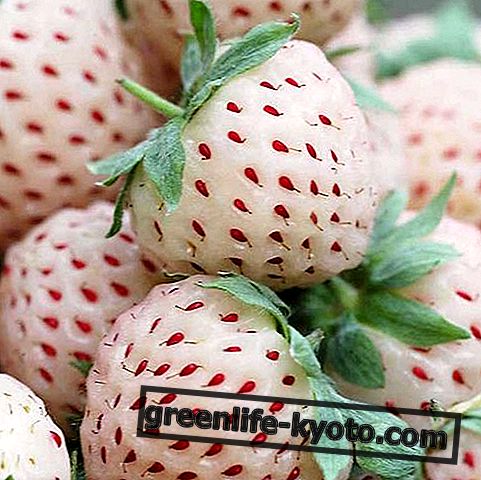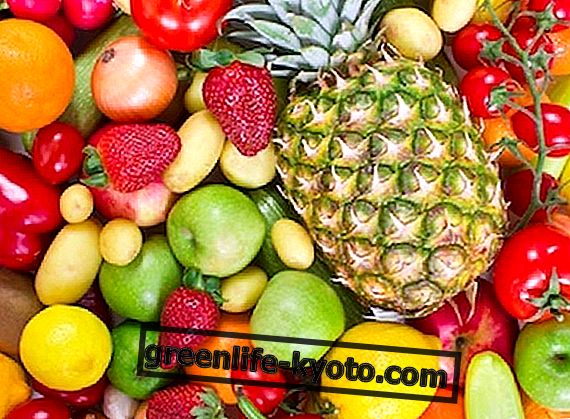Pineberry is a fruit similar to strawberry but white in color. The taste is reminiscent of pineapple and lacks the fragaria, so even those who are allergic to strawberries can consume it. Let's find out better.

Description of the fruit
In nature, even in the plant kingdom, as between animals and fungi, cases of albinism are known, a congenital anomaly that affects the level of pigmentation, in some cases leading to the generation of individuals who are strongly deprived of it, and therefore white.
Although it is often called " albino strawberry ", the pineberry is actually a hybrid of two American species of the genus Fragaria, the Chilean strawberry or beach strawberry (Fragaria chiloensis) and the " Little Scarlet " (Fragaria virginiana), both genetic bases also from the common garden strawberry.
The pineberry has been specially selected over many years, crossing many varieties to obtain a plant capable of producing stable fruit with precise characteristics: a taste similar to that of pineapple and a white rather than red color .
Calories and nutritional values of pineberry
The pineberry contains 107 kcal per 100 g.
Furthermore, 100 g of product contain:
- Fat 0.2g
- Sodium 1mg
- Potassium 268mg
- Carbohydrates 26.5g
- Fibers 1.8g
- Sugars 21.9g
The color of pineberry
Food colors can tell us a lot about their chemical composition, so to understand why the pineberry is white, we need to understand why the normal common strawberry is red. The strawberries we are used to have green fruits, which then become white in development and acquire a strong red color at the end of maturation.
This color is given by a protein, absent in pineberry, called " Fragaria allergen A1 "; this also gives the possibility to those who are allergic to the strawberry to be able to consume the pineberries.
Discover also the properties and benefits of strawberries

Contraindications of pineberry
No contraindications are known.
Curiosity
- The name pineberry comes from the union of the English terms for pineapple (pineapple) and strawberry (strawberry).
- Pineapple fruits are smaller than common strawberries and have red seeds.
- In 2003 it was on the verge of extinction and was saved by some Dutch farmers.
How to eat pineberry
Very similar to using strawberries, it can be eaten fresh and natural . The addition of sweetener such as cane sugar, honey or malt sweetens the sour taste of the salad of pineberry alone. For those who are already a lover of the sour taste, they can even increase the taste by adding lemon juice to the fruit salad.
We can prepare sorbets with only pineberry or other fruit varieties, being careful not to mix it with too sweet or pasty fruits like bananas. The pineberry also lends itself well as an exotic and particular decoration and can be a garnish of refined and special dishes to amaze guests telling of this strange and particular fruit.












